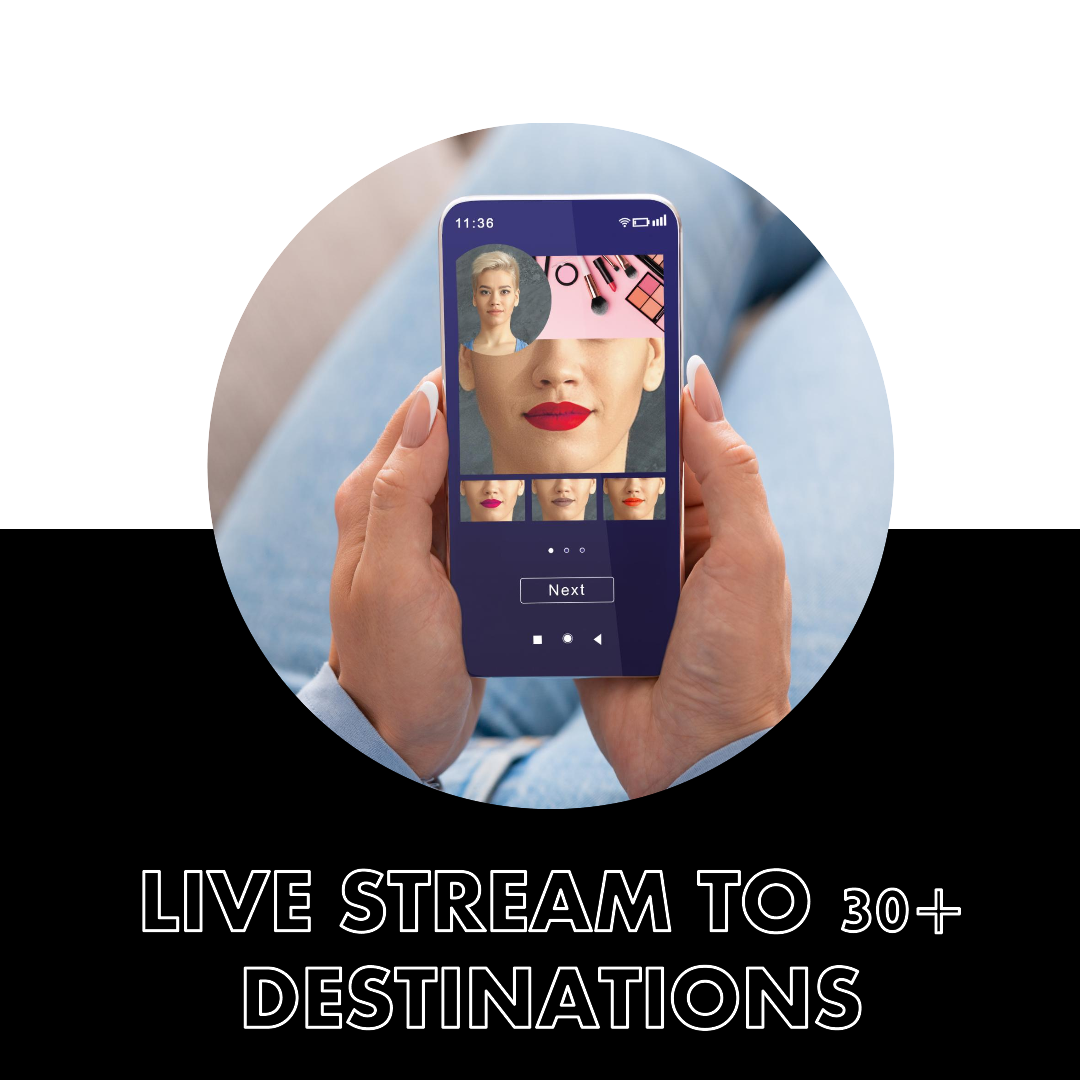In today’s digital landscape, content creators and online broadcasters are always seeking innovative ways to reach a wider audience and increase their brand exposure. One such powerful strategy is multistreaming – the art of simultaneously broadcasting content to multiple platforms. In this comprehensive guide, we’ll delve into what multistreaming is, its differences from simulcasting, how to set it up, and the myriad benefits it offers to content creators.
What is Multistreaming?
Multistreaming, in its essence, is the process of broadcasting a single live stream to multiple platforms at the same time. This allows content creators to tap into diverse audiences on various platforms, such as YouTube, Facebook, Twitch, and more, without having to create separate broadcasts for each. Unlike traditional broadcasting, where content is limited to one platform, multistreaming amplifies reach, expands brand visibility, and enhances the potential for engagement.
Simulcasting vs. Multistreaming
Key Differences While the terms “simulcasting” and “multistreaming” are often used interchangeably, there are distinct differences between the two. Simulcasting involves duplicating the same content across multiple platforms simultaneously. In contrast, multistreaming enables content creators to tailor their content for each platform, leveraging platform-specific advantages to maximize impact. Multistreaming’s ability to interact with viewers from different platforms fosters a larger and more engaged community, giving it an edge over simulcasting.

How to Multistream?
To embark on a successful multistreaming journey, choosing the right multistreaming platform is crucial. There are various services available, such as Restream.io and Streamlabs, each offering different features and capabilities. Consider factors like platform compatibility, chat integration, and viewer analytics before making your decision.
Once you’ve selected your platform, ensure your technical setup is up to the task. A stable and high-speed internet connection is paramount to support simultaneous streaming. Additionally, check if your hardware and broadcasting software can handle the demands of multistreaming.
Next, set up your multistreaming channels by following a step-by-step guide provided by your chosen platform. This will allow you to manage chat and interaction effectively across all platforms in real-time, fostering a seamless experience for your viewers.
What Are the Benefits of Multistreaming?
Multistreaming comes with a myriad of benefits that can significantly impact a content creator’s online presence:
Amplified Reach and Audience Growth: By broadcasting to multiple platforms, you can reach a broader audience, extending your content’s reach beyond the confines of a single platform. This, in turn, can lead to increased brand visibility and recognition.
Increased Engagement and Community Building: Multistreaming opens up opportunities for cross-platform interaction, encouraging viewers to engage with each other and form a cohesive community. The larger and more engaged your community, the more likely they are to become loyal followers and advocates of your content.
Enhanced Discoverability and Content Exposure: With content spread across multiple platforms, you increase the chances of being discovered by new audiences. Each platform comes with its own unique user base and discovery algorithms, granting you exposure to potential new followers and subscribers.
Best Practices and Tips for Successful Multistreaming: To make the most of your multistreaming efforts, consider implementing these best practices:
Tailor Content for Each Platform: Understand the preferences and expectations of audiences on each platform and adapt your content accordingly. What works on Twitch may not resonate on Facebook or YouTube.
Optimize Schedules and Timing: Determine the peak activity times on each platform and schedule your streams strategically to maximize viewership.
Utilize Multistreaming Analytics and Metrics: Monitor performance data from each platform to identify successful strategies and areas for improvement. Analyzing viewer engagement and viewership metrics will help refine your multistreaming approach.
Promotional Strategies for Multistreaming: Promote your upcoming multistreams across all platforms to generate anticipation and interest. Additionally, collaborate with other creators on different platforms to tap into their audiences.
Legal and Copyright Considerations: Familiarize yourself with each platform’s guidelines regarding content ownership and copyright. Use royalty-free music and visuals to avoid copyright infringement issues.



